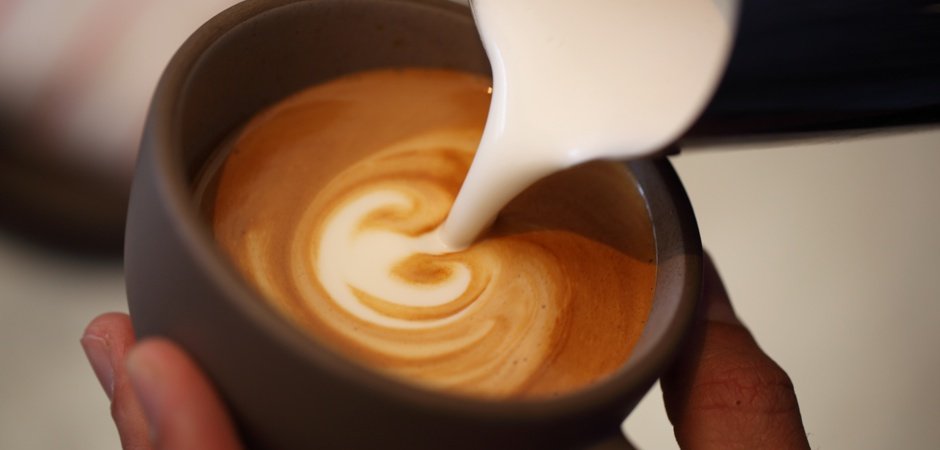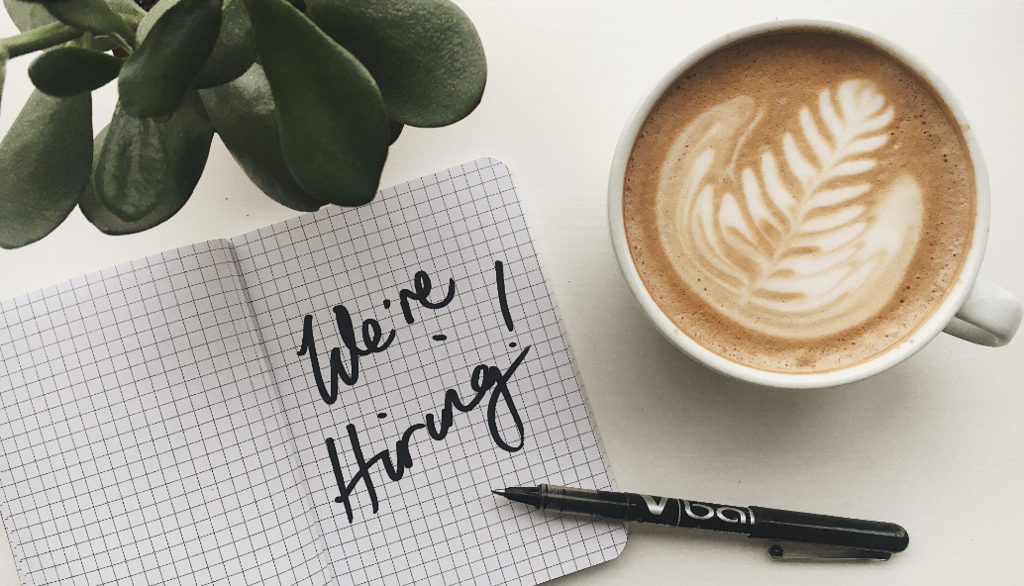
What’s The Best Milk For Latte Art and Coffee Foam?
A beautiful foam on the top of a flawless cappuccino doesn’t happen by accident, and neither does lovely latte art. Great latte art and coffee foam exist because of the barista’s skill, and the quality of the milk used.
Poor-quality milk will lead to limp froth and disappearing foam. But the right milk can mean the difference between a perfect cup and a forgettable one.
The Sciency Bit
Every farm produces milk with a different fat, protein content and sweetness level. However, a milk’s exact qualities all depend on what the dairy cows eat, the conditions they are kept in, and how the milk is treated after it’s been collected.
There’s a science behind which types of milk are best for baristas. For example, researcher Morten Münchow has discovered that Jersey cows produce the best milk for texturing. This is because their milk has high levels of protein, sugar, and butter fat.
Latte Art and Coffee Foam
What actually happens when we steam milk? This process involves introducing hot water vapour (250–255 °F, 121–124 °C) into cold milk (40 °F, 4 °C) until it reaches the ideal temperature for a perfectly steamed latte. The process sounds simple enough – but there are lots of variables that need to be considered.
Different milks require different amounts of steaming time. And it’s important to get this right: too much steaming can lead to scalding. Additionally, it kills bacteria and denatures enzymes, causing curdling.
It’s not just steaming time that is affected, either. Because different types of milk have different molecular compositions, they also require different steaming temperatures.

Don’t Overheat the Milk
When you steam milk past a temperature of 100 °C, this causes ‘browning’. At this point, the lactose and milk proteins form what is known as an Amadori product.
As the reaction continues, the Amadori product can undergo dehydration and oxidation reactions. As a result, this can cause a loss of nutritional value, and an unappealing flavour in the milk. In other words, avoid over-steaming.

So What’s the Best Type of Milk for Latte Art?
If you’re after the best possible latte art, we’d recommend using whole milk with a high fat content, but for a dairy-free alternative, go for a barista-specific oat milk (such as Oatly’s Baritsa or Minor Figures) that will hold its own on top of your espresso.



